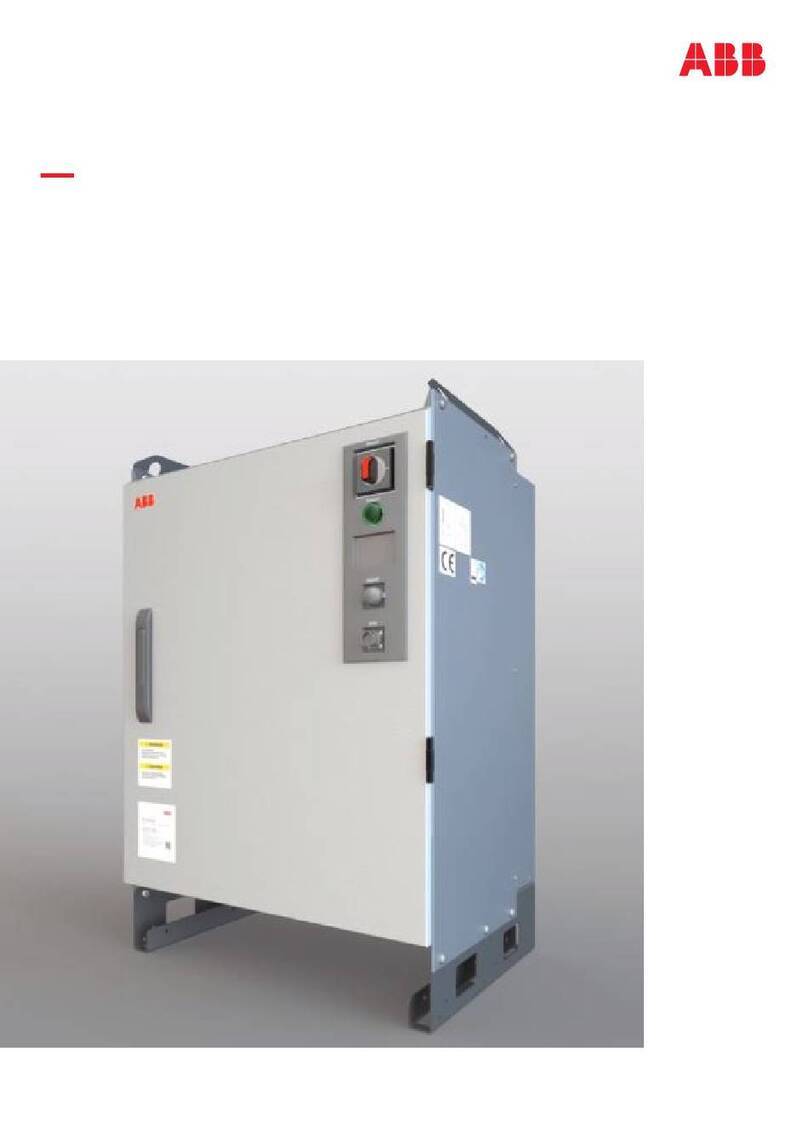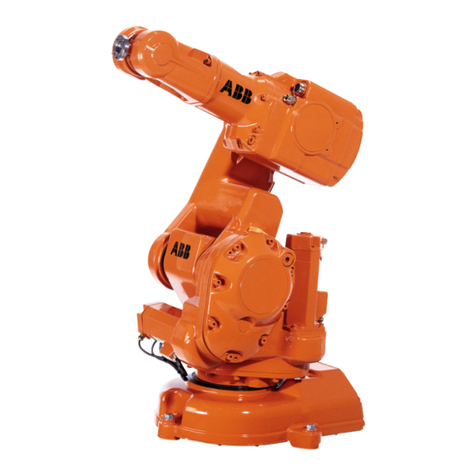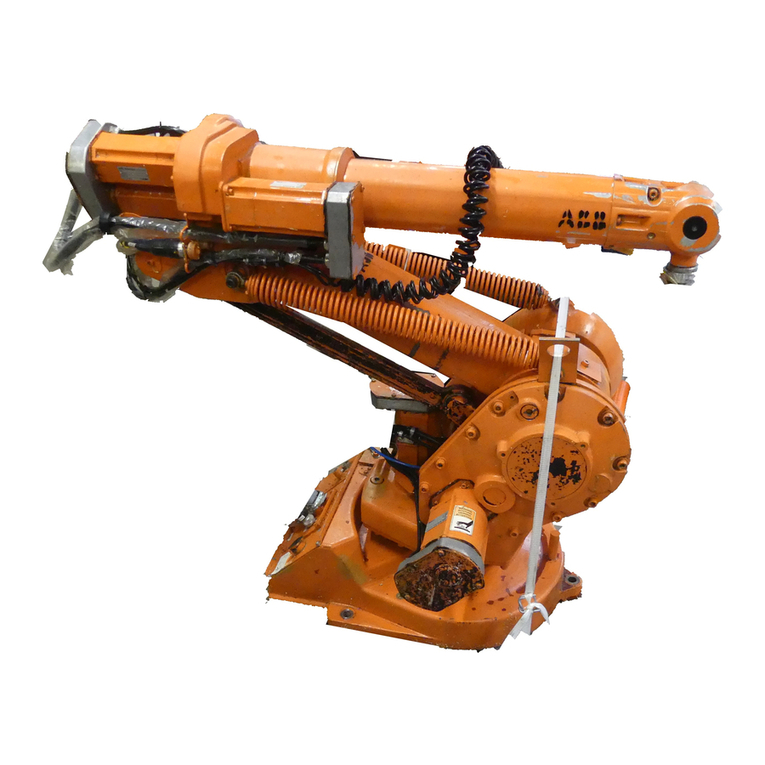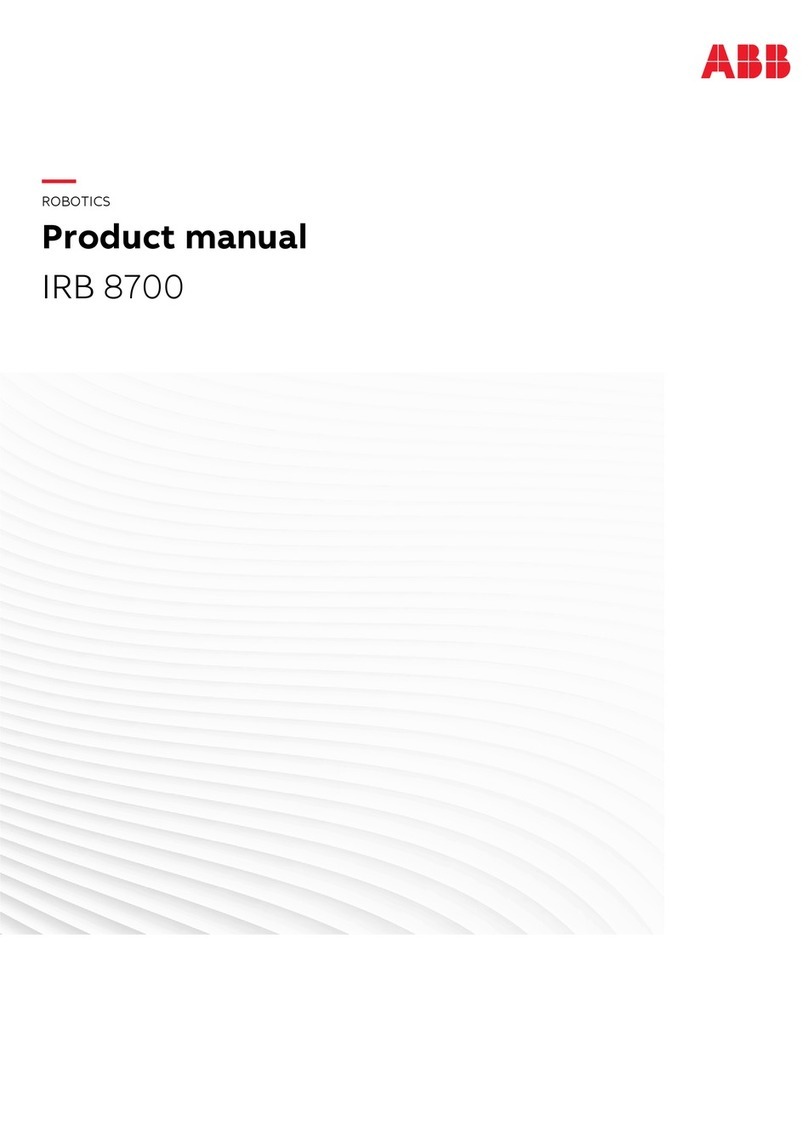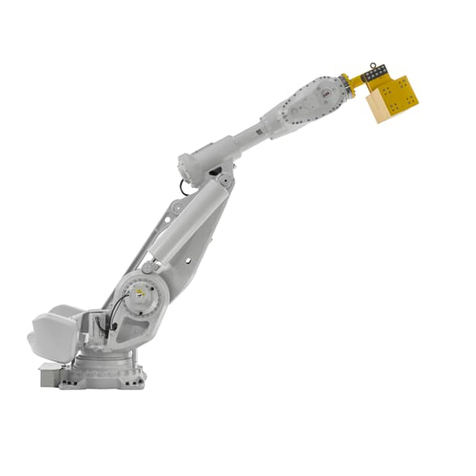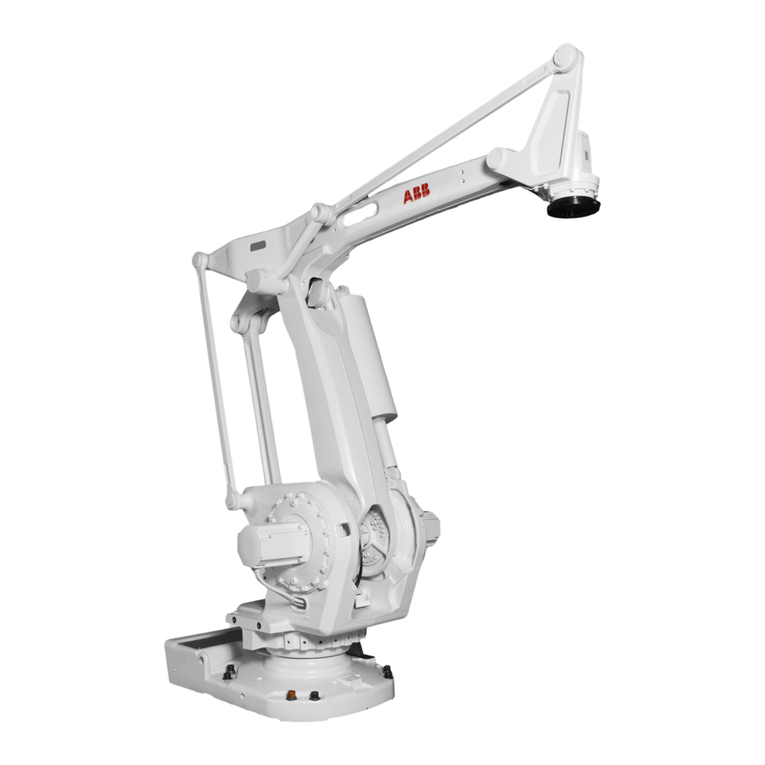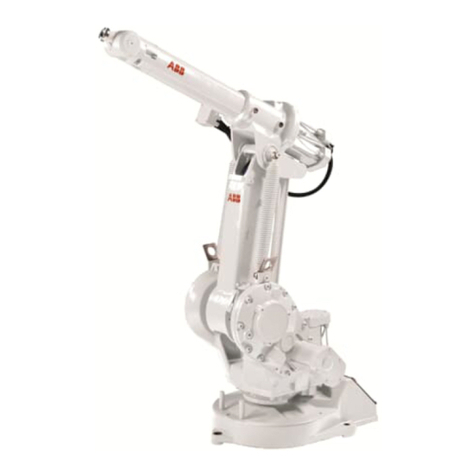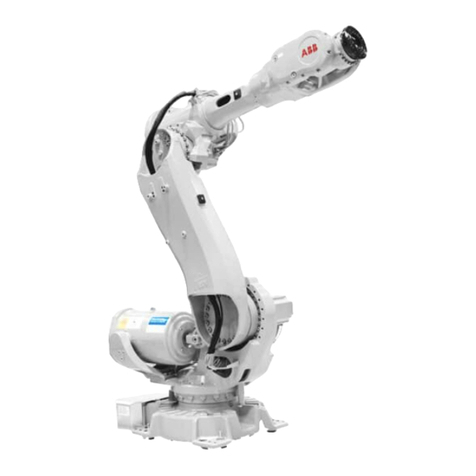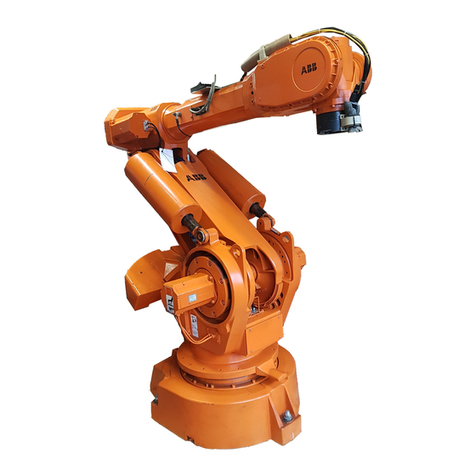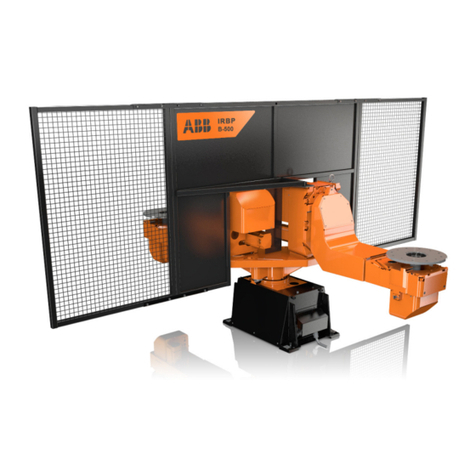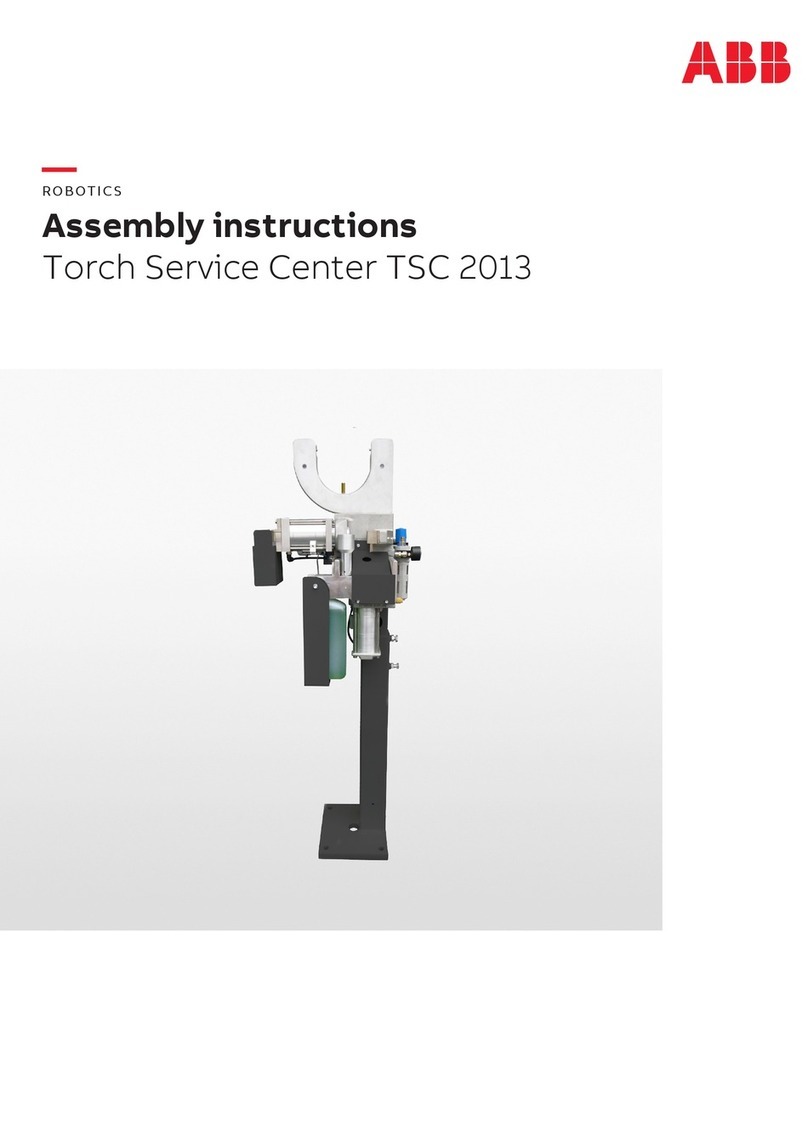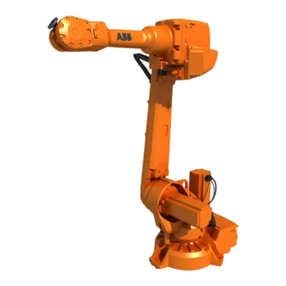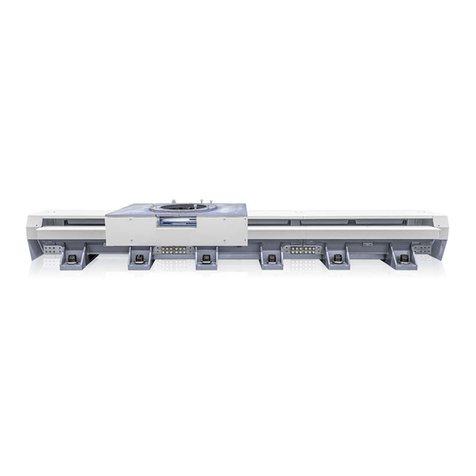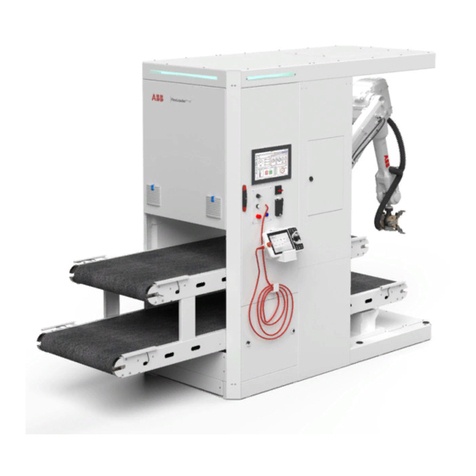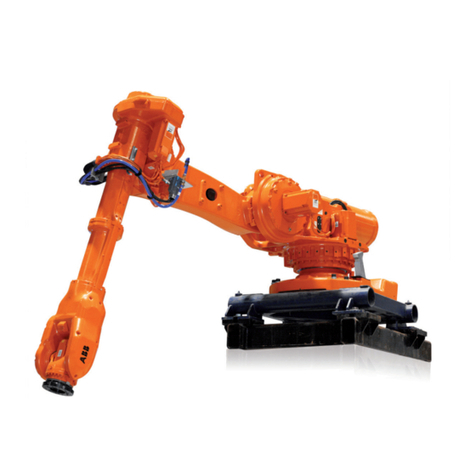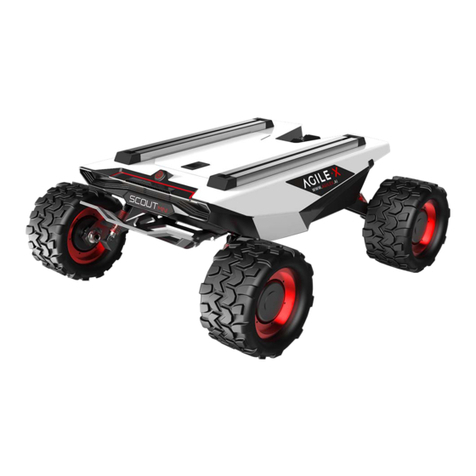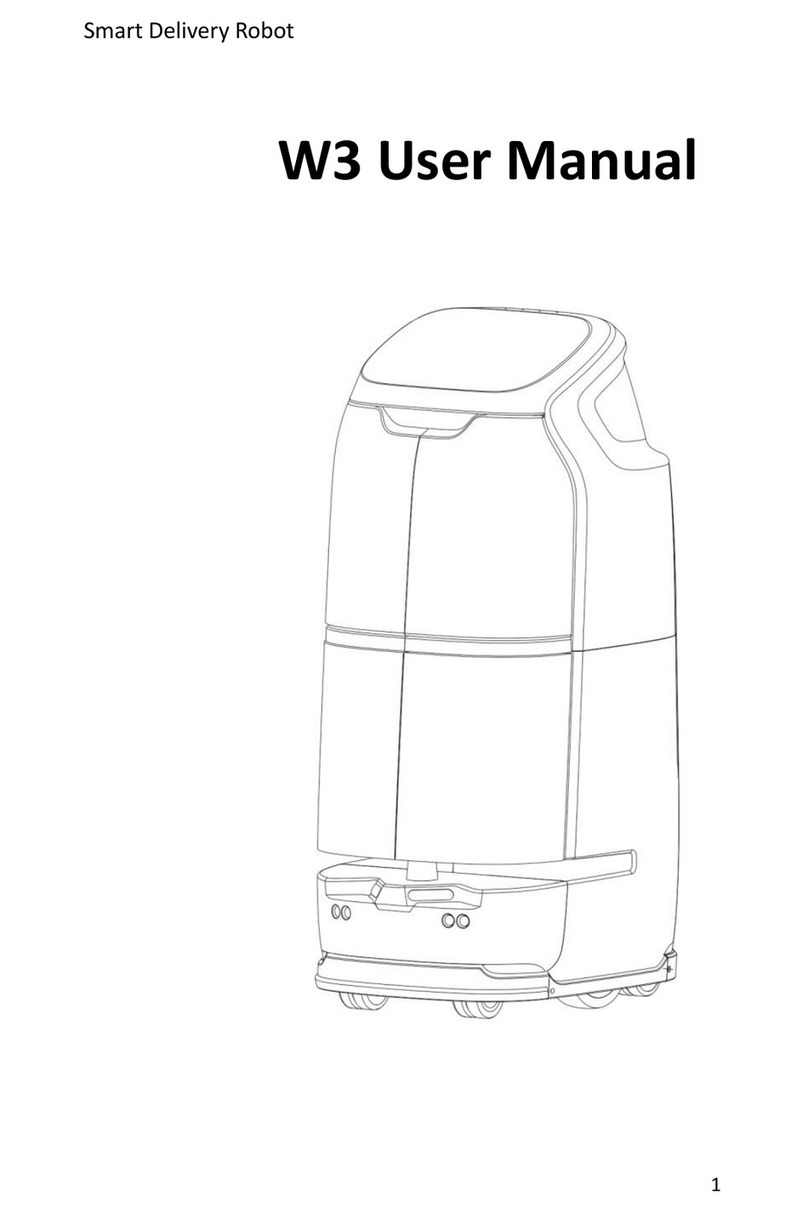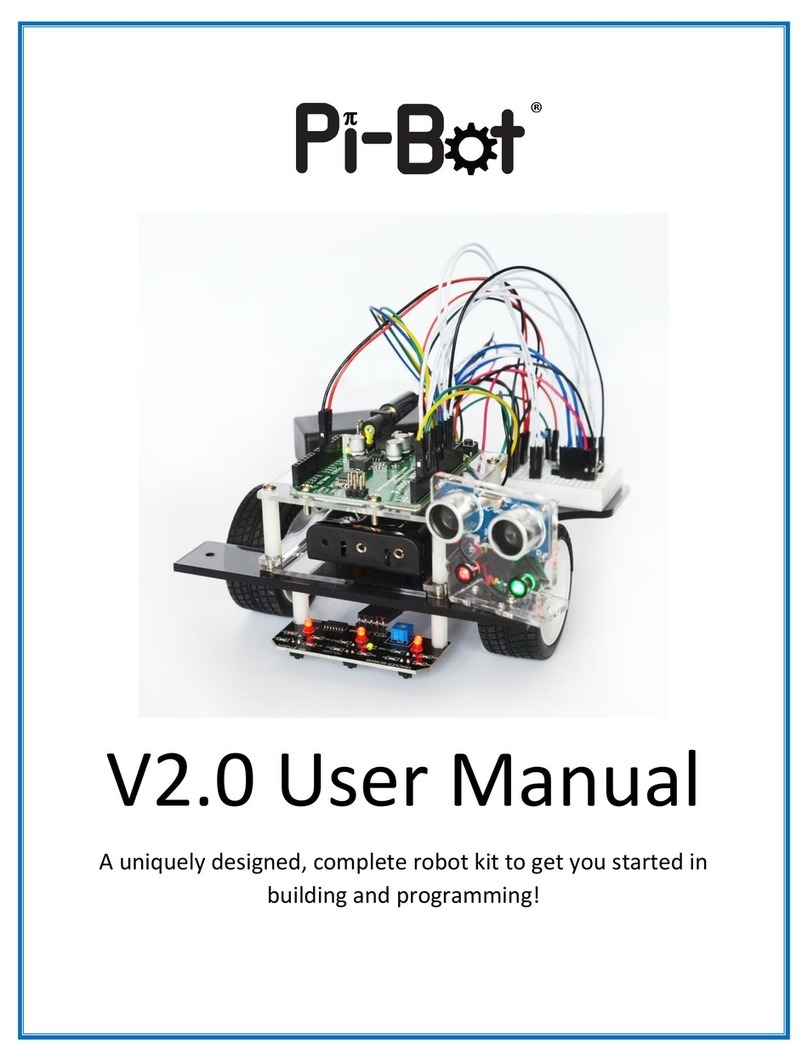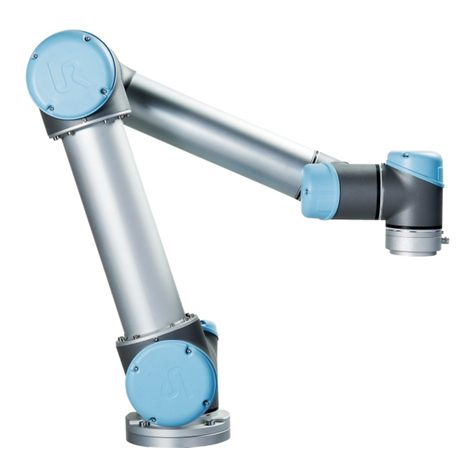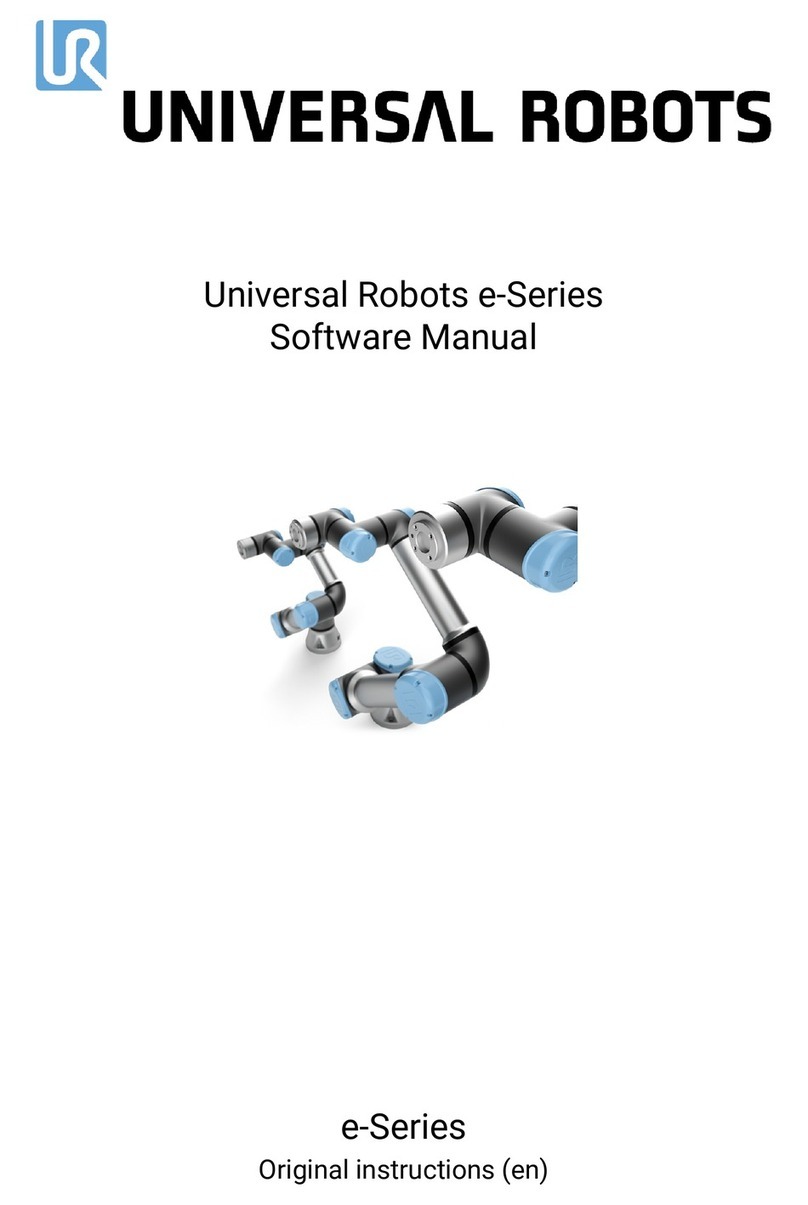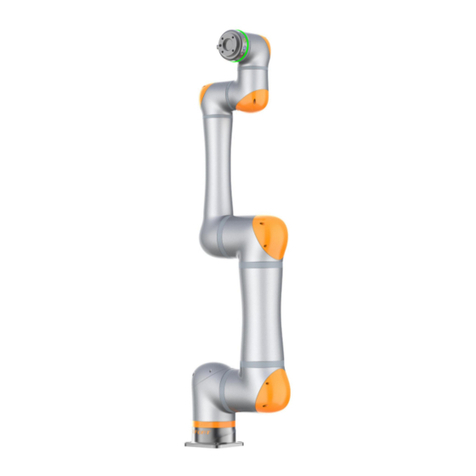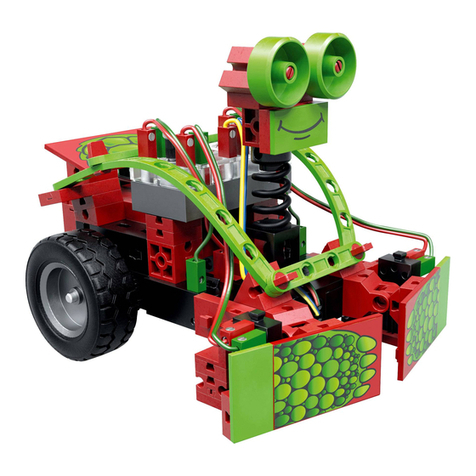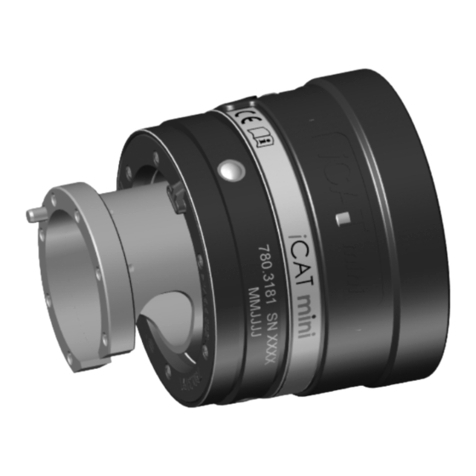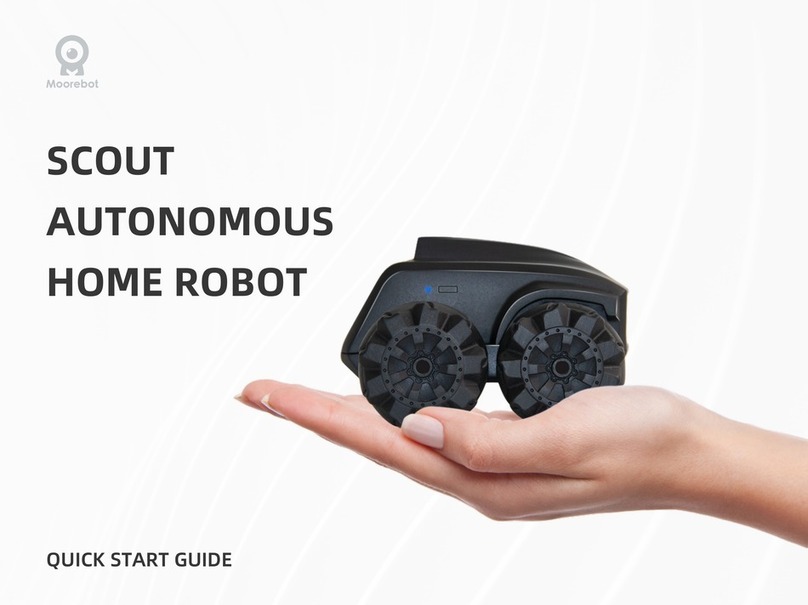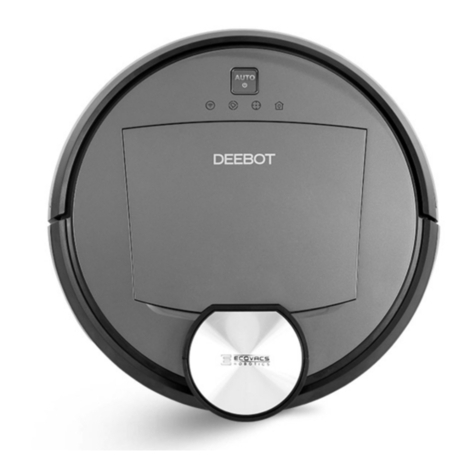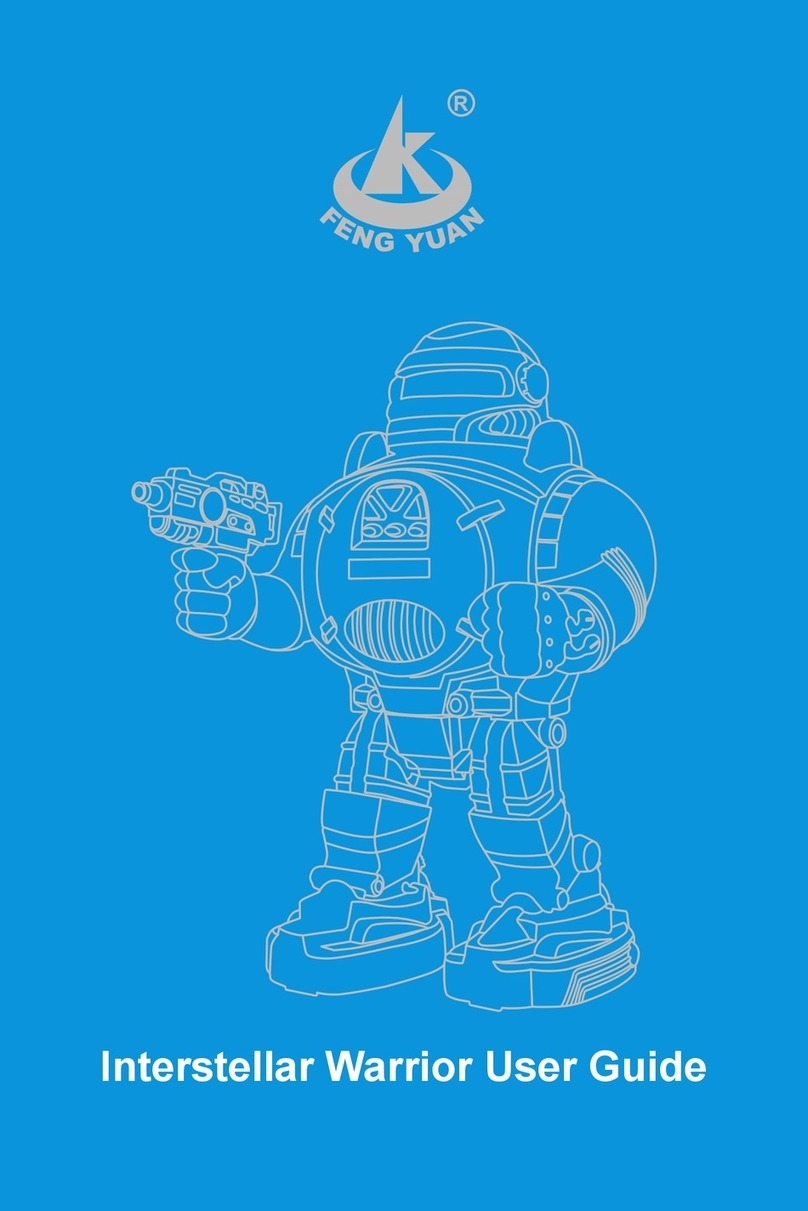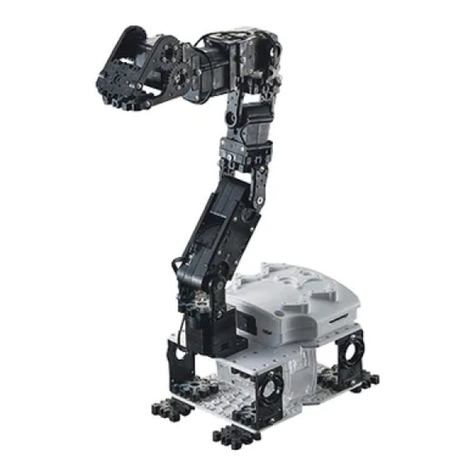
Introduction
Product Manual 3
Introduction
1 How to use this Manual
This manual provides information on installation, preventive maintenance, trouble-
shooting and how to carry out repairs on the manipulator and controller. Its intended
audience is trained maintenance personnel with expertise in both mechanical and
electrical systems. The manual does not in any way assume to take the place of the
maintenance course offered by ABB Flexible Automation.
Anyone reading this manual should also have access to the User’s Guide.
The chapter entitled System Description provides general information on the robot
structure, such as its computer system, input and output signals, etc.
How to assemble the robot and install all signals, etc., is described in the chapter on
Installation and Commissioning.
If an error should occur in the robot system, you can find out why it has happened in
the chapter on Troubleshooting. If you receive an error message, you can also consult
the chapter on System and Error Messages in the User’s Guide. It is very helpful to
have a copy of the circuit diagram at hand when trying to locate cabling faults.
Servicing and maintenance routines are described in the chapter on Maintenance.
2 What you must know before you use the Robot
• Normal maintenance and repair work usually only require standard tools. Some
repairs, however, require specific tools. These repairs, and the type of tool required,
are described in more detail in the chapter Repairs.
• The power supply must always be switched off whenever work is carried out in the
controller cabinet. Note that even though the power is switched off, the orange-
coloured cables may be live. The reason for this is that these cables are connected to
external equipment and are consequently not affected by the mains switch on the
controller.
• Circuit boards - printed boards and components - must never be handled without
Electro-StaticDischarge (ESD) protection inorder not to damage them. Use thecarry
band located on the inside of the controller door.
All personnel working withthe robot system must be very familiarwiththe safety
regulations outlined in the chapter on Safety. Incorrect operation can damage the
robot or injure someone.
